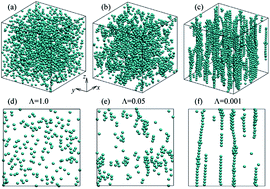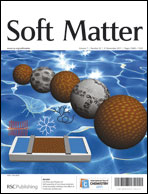We investigate the effects of surface contamination, modeled as a thin dielectric coating, on the dynamics in suspensions of ideally polarizable spheres in an applied electric field using large-scale direct particle simulations. In the case of clean particles (no contamination), the suspensions are known to undergo dipolophoresis, or a combination of dielectrophoresis, which tends to cause particle chaining and aggregation, and induced-charge electrophoresis, which dominates the dynamics and drives transient pairings, chaotic motions, and hydrodynamic diffusion at long times. As surface contamination becomes significant, induced-charge electrophoresis is gradually suppressed, which results in the simulations in a transition from diffusive dynamics to local aggregation and chaining as a result of dielectrophoresis. This effect has a strong impact on the suspension microstructure, as well as on particle velocities, which are strongly reduced for contaminated particles. This transition is also visible in the particle mean-square displacements, which become sub-diffusive in the case of strong contamination. We explain this sub-diffusive regime as a consequence of the slow dynamics of the particles trapped inside clusters and chains, which result in non-integrable local waiting time distributions.

You have access to this article
 Please wait while we load your content...
Something went wrong. Try again?
Please wait while we load your content...
Something went wrong. Try again?


 Please wait while we load your content...
Please wait while we load your content...